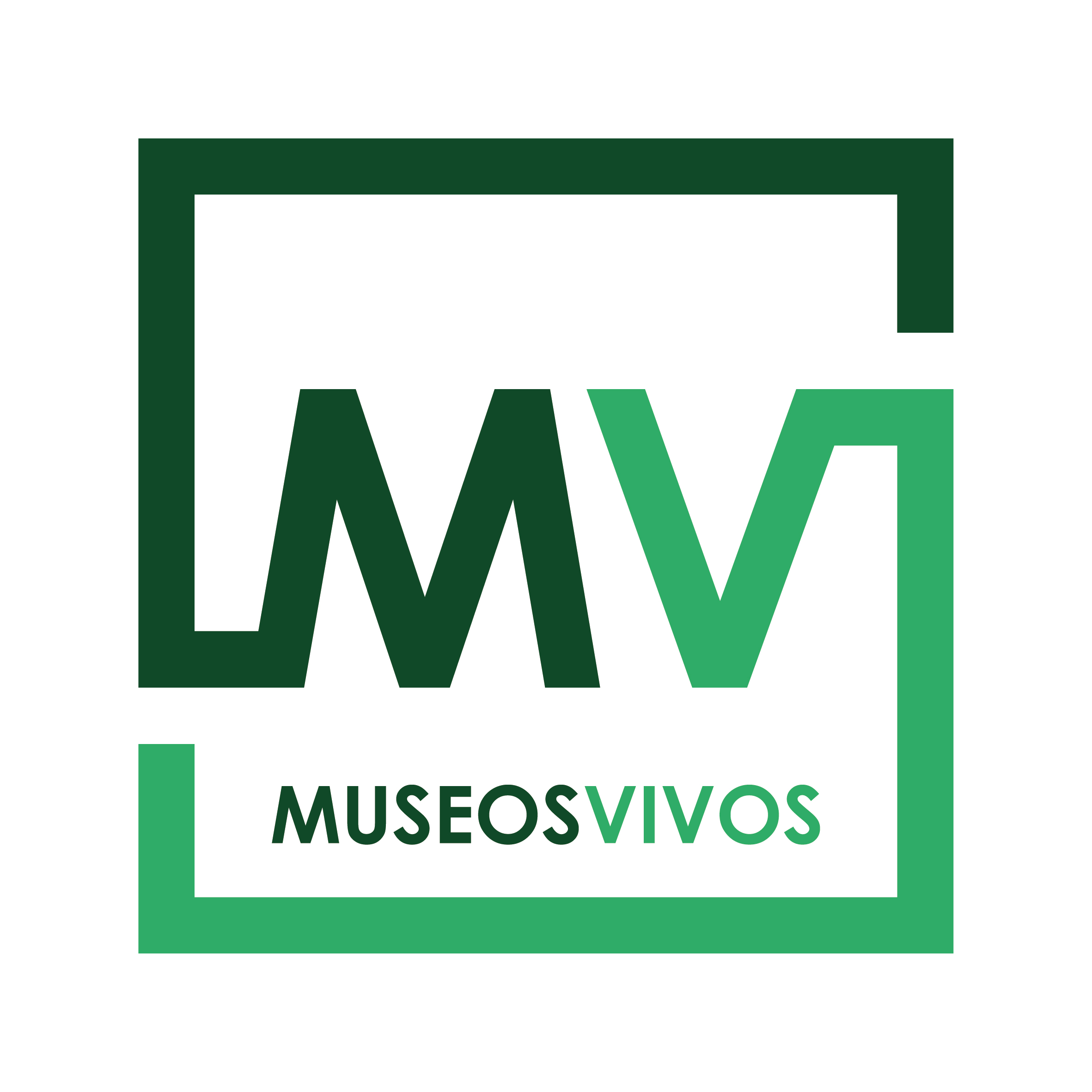Los museos cobran vida en la provincia de Burgos

Con el objetivo de impulsar su riqueza patrimonial, Burgos forma parte de ‘Museos Vivos’, una iniciativa para revitalizar los centros de interpretación de la naturaleza, museos etnográficos y espacios del entorno rural.
Tierra de paisajes únicos con personalidad propia en los que reina la diversidad y cruce de caminos como el de Santiago, la provincia de Burgos es un tesoro bien guardado en el norte de la península. Un lugar para perderse por territorios históricos donde todavía hoy se escucha el susurro de mil batallas y el paso de auténticas leyendas como el Cid Campeador.
Aunando cultura, arte, gastronomía y naturaleza en estado puro, la región forma parte de la iniciativa ‘Museos Vivos’, un innovador proyecto de cooperación que ha nacido para impulsar la riqueza de los museos etnográficos, centros de interpretación de la naturaleza y espacios culturales de algunos rincones de Castilla y León. Una medida para la apertura de elementos de dinamización turística y cultural que emerge en perfecta sintonía con la Acción de la Comisión Europea denominada Smart Villages.
Cuando los museos cobran vida
‘Museos Vivos’ parte de la unión de seis Asociaciones de Desarrollo Rural de Castilla y León con el objetivo de poner en valor el patrimonio cultural, natural y etnográfico de sus territorios, concretamente en las provincias de Valladolid, Segovia y Burgos. Para ello, a partir de un trabajo conjunto, se han ido revitalizado 17 centros de interpretación y pequeños museos ubicados en entornos rurales con mucho que contar.
Con la incorporación de nuevas tecnologías a sus sistemas de apertura y autoguiado, estos espacios se han convertido en auténticos ‘Museos Vivos’ que se pueden visitar los 365 días del año y, en algunos casos, incluso 24 horas al día. Un código de acceso que acompaña a la reserva permite acceder a su interior e iniciar las instalaciones que más tarde se suspenden automáticamente coincidiendo con el final de la visita.
Una nueva vida para las zonas rurales
La puesta en marcha de este sistema de reservas que tuvo lugar en 2018, designado por la Comisión Europea como el Año Internacional del Patrimonio Cultural, implica que diversos territorios puedan disponer de otros elementos de atracción turística. Además, una vez en funcionamiento, se ha divulgado entre las distintas oficinas de turismo, alojamientos, restaurantes y bares de las zonas, donde se ha evidenciado un mayor número de visitas desde entonces.
Siguiendo las huellas de la historia
La primera parada de nuestro viaje por el patrimonio burgalés empieza en Mecerreyes, donde el domingo de Carnaval tiene lugar la Corrida del Gallo, una fiesta pagana que, aunque estuvo prohibida durante algunos años, se pierde en el tiempo. Por eso, el municipio cuenta con un museo que trae un trocito de esta celebración cada día a través de los atuendos y elementos festivos característicos, así como una proyección audiovisual.
El tebeo y el cine mudo tienen especial importancia en Solarana, que cuenta con un relevante Museo del Cómic. Instalado en una antigua casa solariega, este espacio recoge la historia de estos géneros y de su evolución en España.
Al oeste de la Sierra de Lerma, a los pies del pico Valdosa y las peñas de Cervera, el paso del tiempo sobre el paisaje se puede observar mejor en Tejada, donde importantes colecciones de fósiles y restos del Jurásico y del Cretácico han sido donados por sus vecinos y hoy se exponen en el Museo del Fósil.
En Sasamón, en la parte occidental de la provincia, se encuentra el Museo Municipal de Arte Contemporáneo Ángel Miguel de Arce, inaugurado en el año 2000, el primero de su categoría en Castilla y León. Situado en la que fuera Casa Cuartel y Hospital de atención al peregrino del Camino de Santiago de la Orden de Los Templarios, cuenta con unas 150 pinturas de autores modernistas y contemporáneos.
En la comarca de La Demanda, Hacinas y sus árboles fósiles con más de 120 millones de años de antigüedad hacen de este rincón de la geografía burgalesa un foco de especial interés para los amantes de la naturaleza y la historia. Su Centro de Visitantes del Árbol Fósil recrea el paleoambiente en el que se desarrollaron estos descubrimientos.
La última estación de nuestro itinerario por los ‘Museos Vivos’ de Burgos termina en la Ribera del Duero burgalesa. Un territorio que rinde homenaje a su riqueza patrimonial en espacios como el Centro de Interpretación de Naturaleza de la Villa de Torresandino y su exposición interpretativa sobre la peculiar flora y fauna de la zona; el Museo del Lagar de Valedeande, un lugar donde descubrir cómo la historia del vino ha discurrido paralelamente a la de la comarca; o el Museo Etnográfico Día de Escuela y de Marzas, en Ciruelos de Cervera, un pasaporte a la vida de la infancia en cualquiera de estos pueblos rurales a lo largo del siglo XX, a través de canciones, juegos de antaño y narraciones testimoniales.

